Capital Gains Tax Calculator
Investment Details
Tax Results
A taxable brokerage account is the most straightforward way to invest money outside of retirement accounts. Unlike a 401(k) or IRA, there are no contribution limits, no income caps, and no penalties for taking money out. But you pay taxes on what you earn-dividends, interest, and profits from selling investments. That’s the trade-off: freedom for responsibility.
How a Taxable Brokerage Account Works
You open a taxable brokerage account with a firm like Fidelity, Vanguard, or Charles Schwab. Once it’s set up, you can buy stocks, ETFs, mutual funds, bonds, or even individual securities. You control every decision-when to buy, when to sell, how much to put in. There’s no IRS rule limiting how much you can deposit. You could put in $5,000 or $500,000. No one stops you.
The catch? You pay taxes every year on income generated inside the account. If you get a dividend from Apple or sell a stock for more than you paid, the IRS wants its cut. But here’s the key detail: you only pay taxes when you realize a gain. That means if you bought Tesla at $200 and it’s now worth $800, you owe nothing until you actually sell it. The $600 profit stays untouched-until you decide to cash in.
Brokerage firms send you a 1099 form each January. It breaks down your dividends, interest, and capital gains for the year. You report this on your tax return. It’s not complicated, but it does require keeping track of what you paid for each investment-your cost basis. Most platforms do this automatically now, but it’s still smart to double-check.
Capital Gains: Short-Term vs. Long-Term
Not all profits are taxed the same. The IRS treats gains differently based on how long you hold an investment.
- Short-term capital gains: If you sell something you held for one year or less, it’s taxed at your regular income tax rate-between 10% and 37%, depending on how much you make.
- Long-term capital gains: If you hold an investment for more than a year, you qualify for lower rates: 0%, 15%, or 20%. These rates are based on your taxable income, not your total earnings.
Here’s a real example: If you’re single and your taxable income is $40,000 in 2025, you’re in the 12% tax bracket. Your long-term capital gains rate? 0%. That means you can sell stocks, bonds, or ETFs you’ve held for over a year, pocket the profit, and pay nothing in taxes. This isn’t a loophole-it’s law. And it’s one of the biggest advantages of these accounts.
People who earn less or have lower income years (like freelancers between gigs or retirees with minimal pension income) can use this to their advantage. Some even plan to sell investments during low-income years to lock in 0% gains.
When Should You Use a Taxable Brokerage Account?
These accounts aren’t for everyone. But they’re perfect for certain goals.
- You’re saving for a house in 5 years: Retirement accounts penalize early withdrawals. A taxable account lets you pull out $50,000 for a down payment without penalty.
- You’re a high earner and can’t contribute to a Roth IRA: If you make over $153,000 as a single filer in 2025, you can’t put money directly into a Roth IRA. A taxable account is your only way to invest after maxing out your 401(k).
- You want flexibility: Need cash for a medical bill, a car, or your kid’s tuition? You can sell investments and get the money in days-not decades.
- You’ve maxed out your retirement accounts: Once you’ve contributed the max to your 401(k) and IRA, a taxable account is the next logical step to grow wealth.
It’s not ideal for long-term retirement savings. Why? Because you pay taxes every year on dividends and interest, which eats into compounding. A Roth IRA lets your money grow tax-free forever. That’s a huge edge over time.
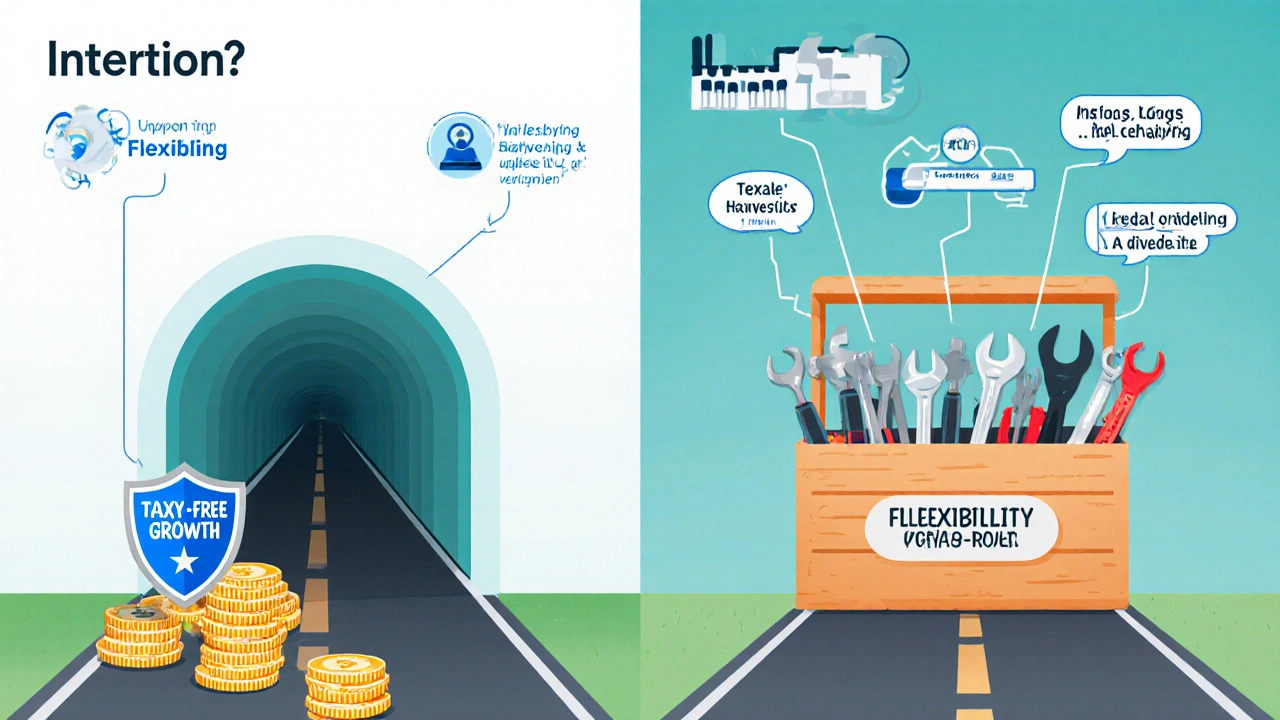
What You Can’t Do With a Taxable Account
There are limits-even if they’re not obvious.
- No tax deferral: You can’t delay paying taxes like you can with a Traditional IRA or 401(k). Every dividend is taxable in the year you receive it.
- No tax-free withdrawals: Unlike a Roth IRA, you don’t get to take out earnings tax-free after age 59½.
- Not a good emergency fund: While you can access the money anytime, selling investments during a market dip means locking in losses. Keep cash for emergencies-not stocks.
- Margin loans come with risk: Some brokers let you borrow against your portfolio. Sounds handy-but if the market drops, you might get a margin call and be forced to sell at a loss.
How to Make It Tax-Efficient
Just because it’s taxable doesn’t mean it has to be expensive. Smart investors use strategies to cut their tax bill.
- Hold for over a year: Always aim for long-term gains. The tax savings are real.
- Use tax-loss harvesting: If you have a losing investment, sell it. You can use that loss to offset gains. If you lose more than you gain, you can deduct up to $3,000 from your regular income each year. Any extra losses roll over to next year.
- Invest in tax-efficient funds: Index funds and ETFs tend to generate fewer taxable events than actively managed mutual funds. They trade less, so fewer capital gains get passed to you.
- Time your sales: If you expect a big raise next year, consider selling winning investments this year when your income-and tax rate-is lower.
Some people even set up a “tax bucket”-a taxable account they use specifically for harvesting losses and managing gains. It’s not magic, but it’s a system that works.
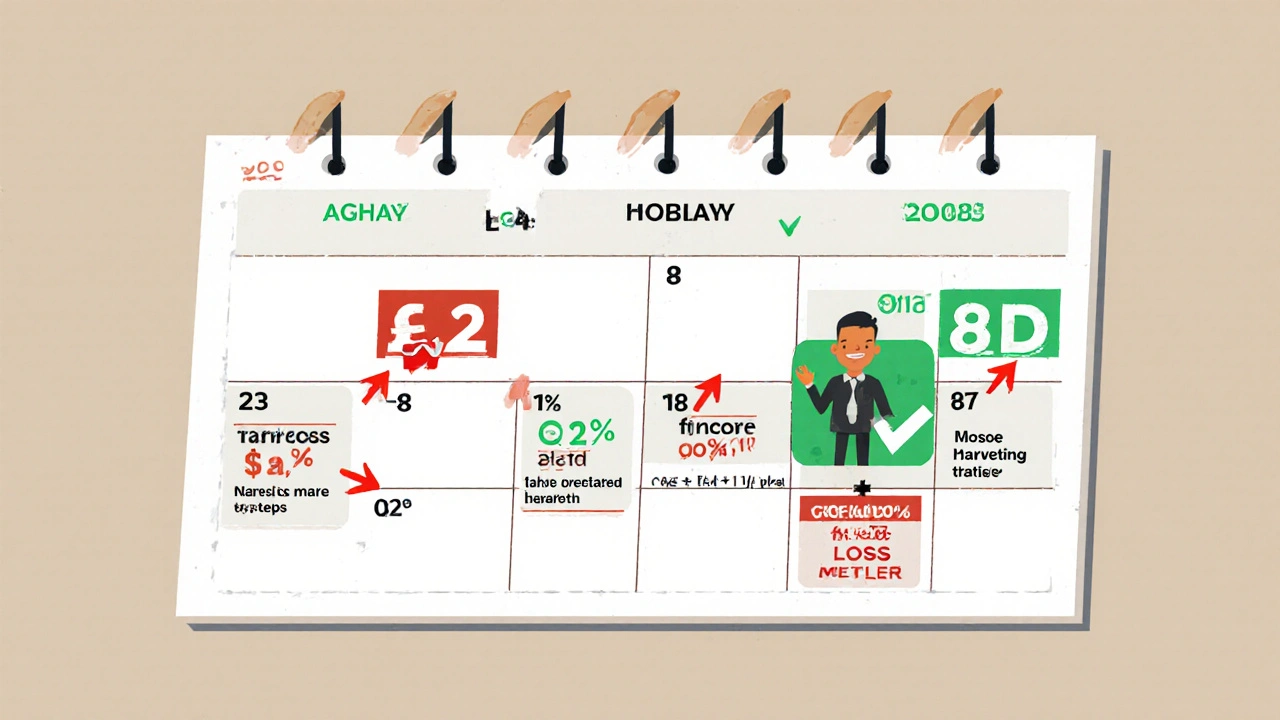
How It Compares to Other Accounts
| Feature | Taxable Brokerage Account | Roth IRA | Traditional IRA | 401(k) |
|---|---|---|---|---|
| Contribution limit (2025) | None | $7,000 ($8,000 if 50+) | $7,000 ($8,000 if 50+) | $23,500 ($31,000 if 50+) |
| Income limits | None | Yes (starts at $153,000 single) | Yes (deduction phases out at $83,000 single) | No (but deduction may be limited) |
| Tax treatment | Tax on dividends and capital gains | Tax-free growth and withdrawals | Tax-deferred growth; taxed on withdrawal | Tax-deferred growth; taxed on withdrawal |
| Early withdrawal penalty | None | Yes (on earnings, before 59½) | Yes (10% penalty) | Yes (10% penalty, unless exceptions apply) |
| Best for | Non-retirement goals, high earners, flexibility | Retirement, long-term growth, tax-free income | Retirement, immediate tax deduction | Retirement, employer match |
The pattern is clear: use retirement accounts for retirement. Use taxable accounts for everything else.
Who Should Avoid It?
If you’re just starting out, don’t rush into a taxable account. First, max out your 401(k)-especially if your employer matches. Then, fund your Roth IRA if you qualify. Only after those are full should you consider a taxable account.
Also, if you’re not comfortable tracking investments or filing taxes, this might add stress. You don’t need to be a tax expert, but you do need to pay attention. If you hate paperwork, stick with a Roth IRA or a target-date fund in your 401(k).
And if you’re planning to use this account as your emergency fund? Don’t. The market can drop 20% in a month. You don’t want to sell your investments at a loss because your car broke down.
Final Thought: It’s a Tool, Not a Trap
A taxable brokerage account isn’t better or worse than a Roth IRA. It’s just different. It’s the Swiss Army knife of investing-versatile, flexible, and powerful when used right.
High earners? It’s your only way to invest beyond the Roth IRA cap.
Planning a big purchase in 3-7 years? It’s your safest bet for growth without penalties.
Want to reduce your tax bill over time? Use tax-loss harvesting and hold for the long term.
It’s not glamorous. It doesn’t have a catchy name like “Roth IRA.” But for millions of Americans, it’s the backbone of their financial plan.
Can I lose money in a taxable brokerage account?
Yes. A taxable brokerage account holds investments like stocks and ETFs, which can go down in value. You can lose money if you sell when prices are low. The account itself doesn’t guarantee returns-it just gives you access to markets. Risk comes with investing, no matter the account type.
Do I have to pay taxes every year even if I don’t withdraw money?
Yes. You pay taxes on dividends, interest, and capital gains each year-even if you reinvest them or don’t touch the money. The IRS taxes what you earn, not what you take out. Holding investments doesn’t make you tax-free; selling them triggers the tax. But unrealized gains (paper profits) are never taxed until you sell.
Can I use a taxable account for retirement?
You can, but it’s not ideal. Retirement accounts like Roth IRAs let your money grow tax-free forever. In a taxable account, you pay taxes on dividends and gains every year, which reduces compounding over decades. Use a taxable account for retirement only after maxing out your 401(k) and Roth IRA.
What happens if I don’t report my 1099 form?
The IRS gets a copy of your 1099 from your brokerage. If you don’t report it, they’ll send you a notice and bill you for taxes owed-plus penalties and interest. It’s not worth the risk. Always report your investment income, even if it’s small.
Can I open multiple taxable brokerage accounts?
Yes. There’s no limit to how many you can have. Some people open accounts at different firms to access unique funds, lower fees, or better research tools. But managing multiple accounts adds complexity. Most people do fine with one or two.
Are taxable brokerage accounts FDIC insured?
No. FDIC insurance only covers bank deposits like savings accounts and CDs. Brokerage accounts are protected by SIPC (Securities Investor Protection Corporation), which covers up to $500,000 per account if the brokerage fails-but only for missing securities, not market losses. SIPC doesn’t protect against investment risk.
What’s the best way to start a taxable brokerage account?
Start with a low-cost provider like Vanguard, Fidelity, or Charles Schwab. Choose a broad-market ETF like VTI (Vanguard Total Stock Market ETF) or SPY (SPDR S&P 500 ETF). Set up automatic contributions-even $50 a month adds up. Focus on long-term growth, hold for over a year, and avoid frequent trading. You don’t need to be an expert-just consistent.
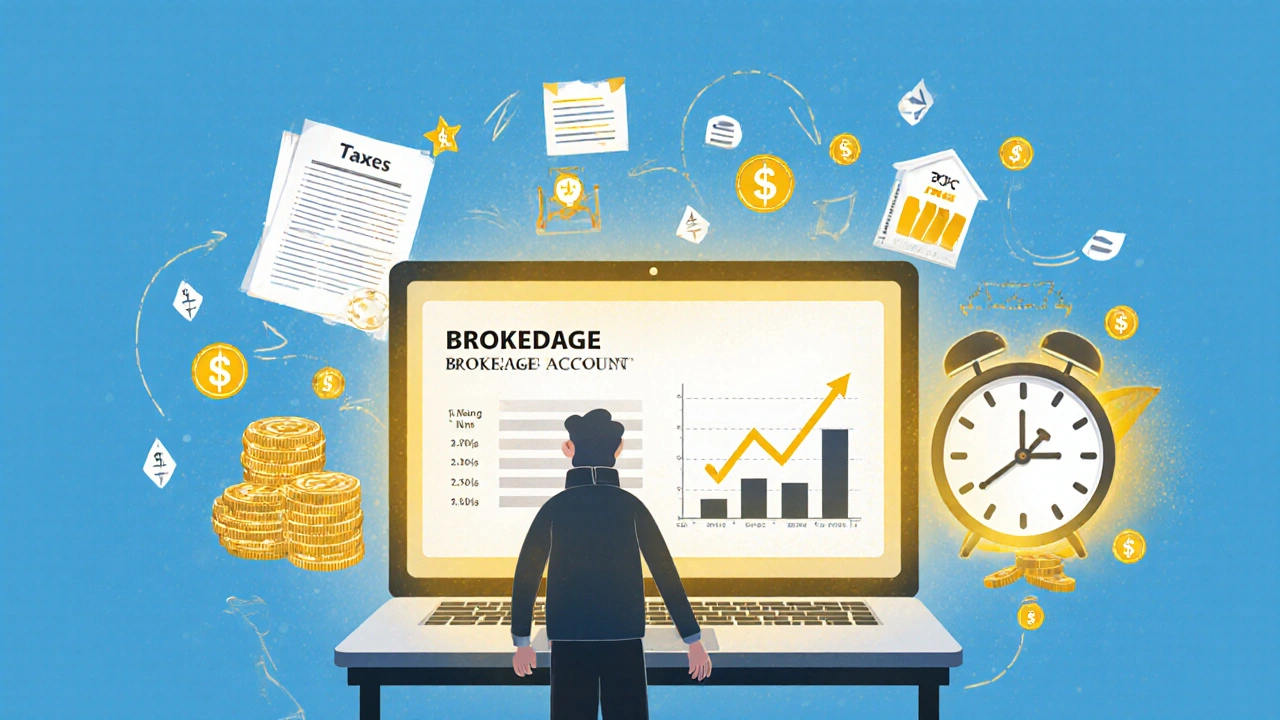
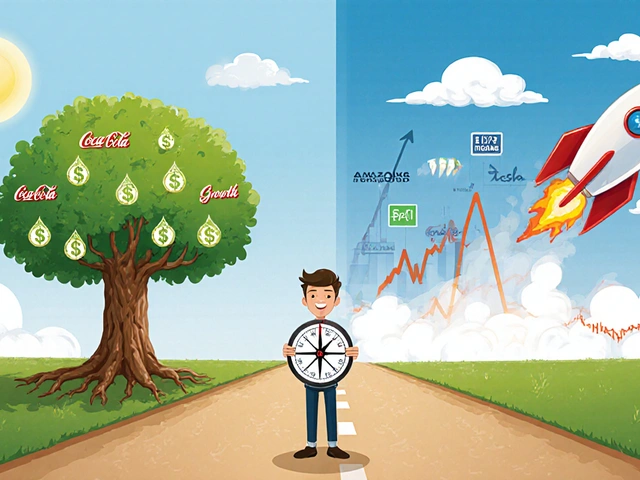
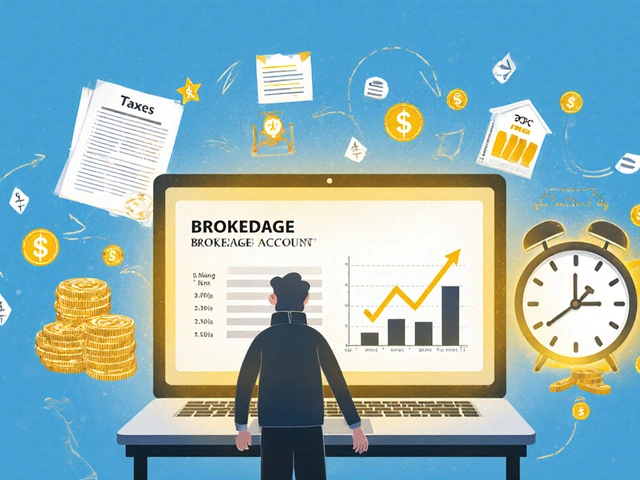
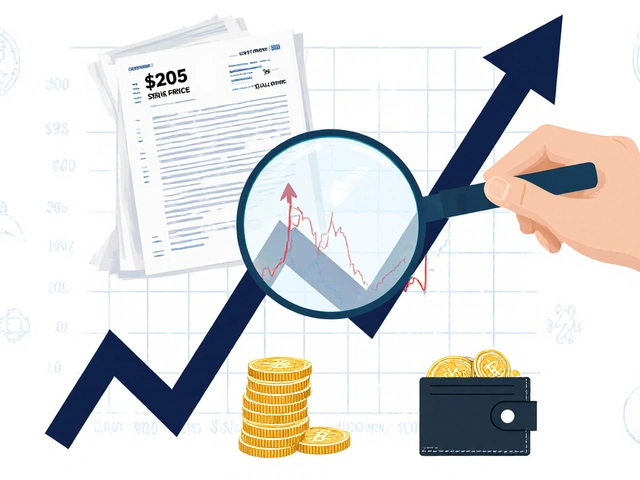
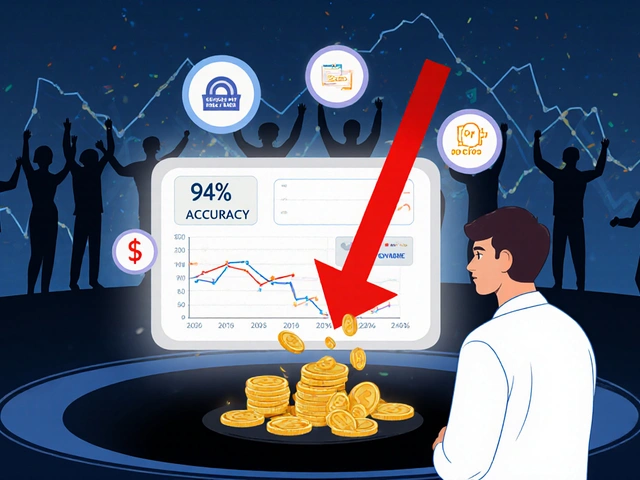
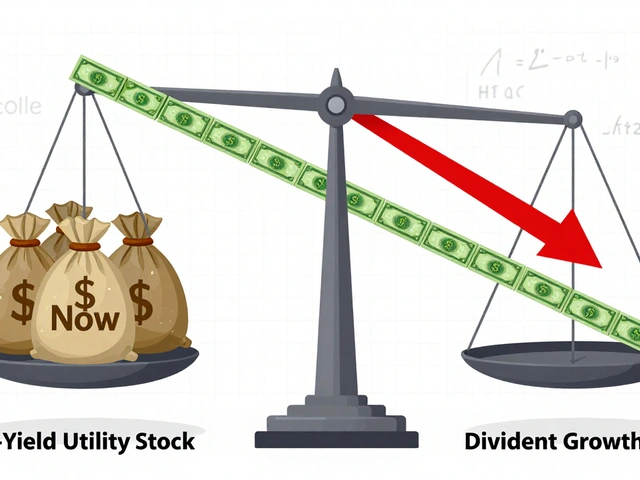
Graeme C
October 31, 2025 AT 02:26Let me tell you - this is the single most underappreciated tool in personal finance. People obsess over Roth IRAs like they’re holy grails, but if you’re making over $150k, your Roth is capped and you’re left with nothing but this. I’ve got $300k in mine, mostly in VTI and QQQ. I hold everything over a year, harvest losses when the market tanks (which it does, every 18 months), and let the 0% long-term rate work for me. Last year, I sold $42k in gains and paid $0 in taxes because my income was low. No loopholes. Just math. And yes, I track every cost basis manually - because if you’re going to play this game, you play it right.
Astha Mishra
November 1, 2025 AT 21:03It is fascinating, really, how we have constructed this entire financial ecosystem around the idea of taxation as a moral obligation rather than a mechanical one - and yet, we are so deeply afraid of the word ‘tax’ that we ignore the profound freedom that comes with accepting it. A taxable brokerage account is not a punishment for being successful; it is the quiet rebellion of the self-directed investor who refuses to be boxed in by bureaucratic ceilings. I am not a mathematician, but I have watched my portfolio grow not because I chased returns, but because I allowed time to do its work - and I paid the small, predictable price of annual dividends and realized gains. It is not glamorous, yes - but neither is breathing. And yet, we do it every day, without complaint. Why should investing be any different? The IRS does not hate you. It simply asks for its share - and in return, it gives you the liberty to build your own future, without waiting for permission.
Julia Czinna
November 3, 2025 AT 02:57